FLORIDA COWBOYS: KEEPERS OF THE LAST FRONTIER
Cowboy. For a short word, there’s a great deal of history contained within those two syllables. Add “Florida” in front of it, and you have a storied history dating back five centuries, one as unique as the archetypal characters to which the term is applied.
The very word cowboy conveys a rugged sensibility; although the first half is quite straightforward, perhaps the term boy isn’t necessarily tied to age, but rather exemplifies a youthful enthusiasm for exploration and adventure. For eschewing a traditional path and trading comfort for a lifetime commitment to the saddle. For this choice, these men are susceptible to the elements: on cattle drives through sandy prairies or swamps, across rivers and through unforgiving clouds of mosquitoes and storms, they must rely on their physical and mental acuity.
Being a cowboy isn’t just an occupation–it’s a way of life.
– Christina Katsolis
Cowboy, Lykes Ranch © Carlton Ward Jr.
Dawn, Seminole Ranch © Carlton Ward Jr.
A FAMILY TRADITION
Published by University Press of Florida | 2019
Carlton Ward is a conservation photographer and ecologist who, throughout his career, has made it a priority to focus on his native Florida. An eight generation Floridian, his family’s roots–going back as far as the 1700’s–are firmly entrenched in our state’s loamy soil. His photographs not only reflect a part of his own heritage, but his intent to preserve and celebrate Florida’s cultural identity.
His book, Florida Cowboys: Keepers of the Last Frontier (2009), won a medal in the Florida Book Awards and as a result, Popular Photography Magazine featured him for working to save vanishing America. His photographs are vibrant, eye-catching and stir the imagination.
Horse Creek Ranch © Carlton Ward Jr.
In this photo, my cousin Doyle Carlton III (left) and his son Dale (back right) drive cattle through a wet pasture on their Horse Creek Ranch near the Peace River in DeSoto County (east of Bradenton and Sararota). Dale and I are 8th generation Floridians with the same great grandfather. I am thankful that Dale is keeping our Florida heritage alive.
““For me, living and working in Florida, the first place in America to receive cattle from Spain in 1521, cattlemen and cattlewomen are heroes who are keepers of the last frontier for large landscape conservation in the east. Millions of acres of rangelands, particularly in south-central Florida, make up nearly half of the Florida Wildlife Corridor which keeps the vast public lands of the southern Everglades connected to the rest of the state and country. Suburban sprawl in Florida is consuming ranches and farms at a rate of 100,000 acres per year to accommodate 1,000 new residents who move here every day. Ranchers committed to their land and heritage are our best defense against development, and investing in conservation easements with these people is the best thing we can do to protect ranches, sustain the Everglades headwaters and save the Florida Wildlife Corridor. Bears and panthers need these ranches for their survival and in the big picture, so do we. Cattlemen and cattlewomen here are the reason we still have a chance.” ”
COWBOYS & SCIENTISTS
directed by: eric bendick | 2018 | 8 min
courtesy grizzly creek films
For the individuals portrayed in Carlton Ward’s photographs, they are truly “keepers of the last frontier.” Generations of cowboys, or crackers (so known for the fiercely resounding staccato “crack” of their whips) have been preserving large tracts of Florida’s natural landscape, and therefore habitat for endangered species. As caretakers of the land, they have shaped and safeguarded millions of acres that would otherwise have been lost to development. The variety of native habitats found on ranchlands, including wetlands, provide food and a source of protection for local wildlife.
The Fish and Wildlife Conservation Commission estimates that more than half of the land used by Florida panthers are privately owned. For Florida cowboys, the stakes are high. Many have decided to partner with scientists and research organizations to better understand the local ecology, minimize impact and ensure their ranch lands exist well into the future.
Thirty years ago, a partnership between Archbold Biological Station and Buck Island Ranch inspired a new mission: cowboys and scientists working together to advance scientific discovery on a ten thousand acre working cattle ranch in Florida’s Northern Everglades. Bridging this cultural divide has resulted in a series of transformative discoveries that have begun to reshape our misconceptions about agriculture, sustainability, and conservation in the 21st century.
©Image copyright Carlton Ward Jr.
Full film playing in the gallery.

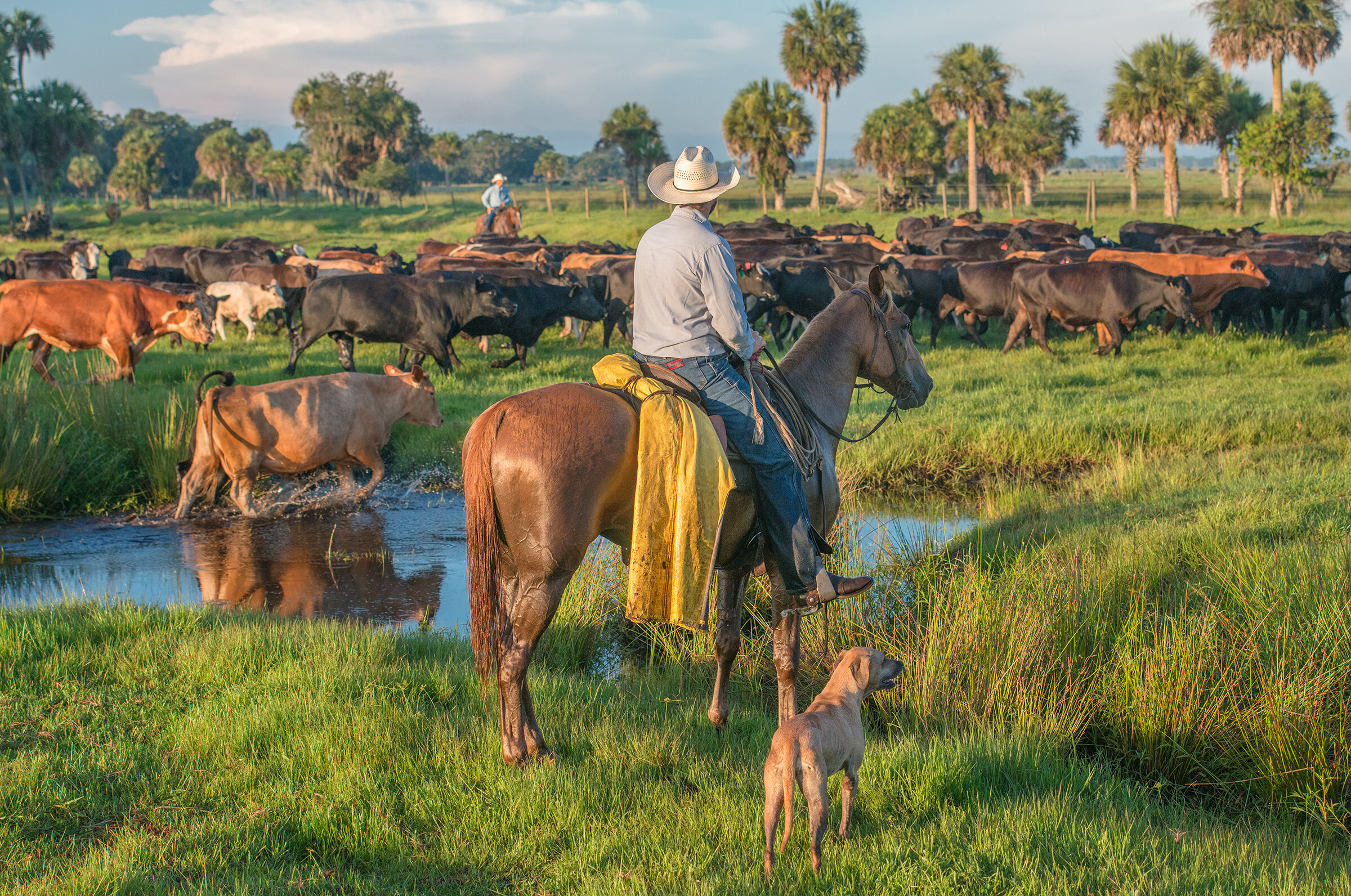
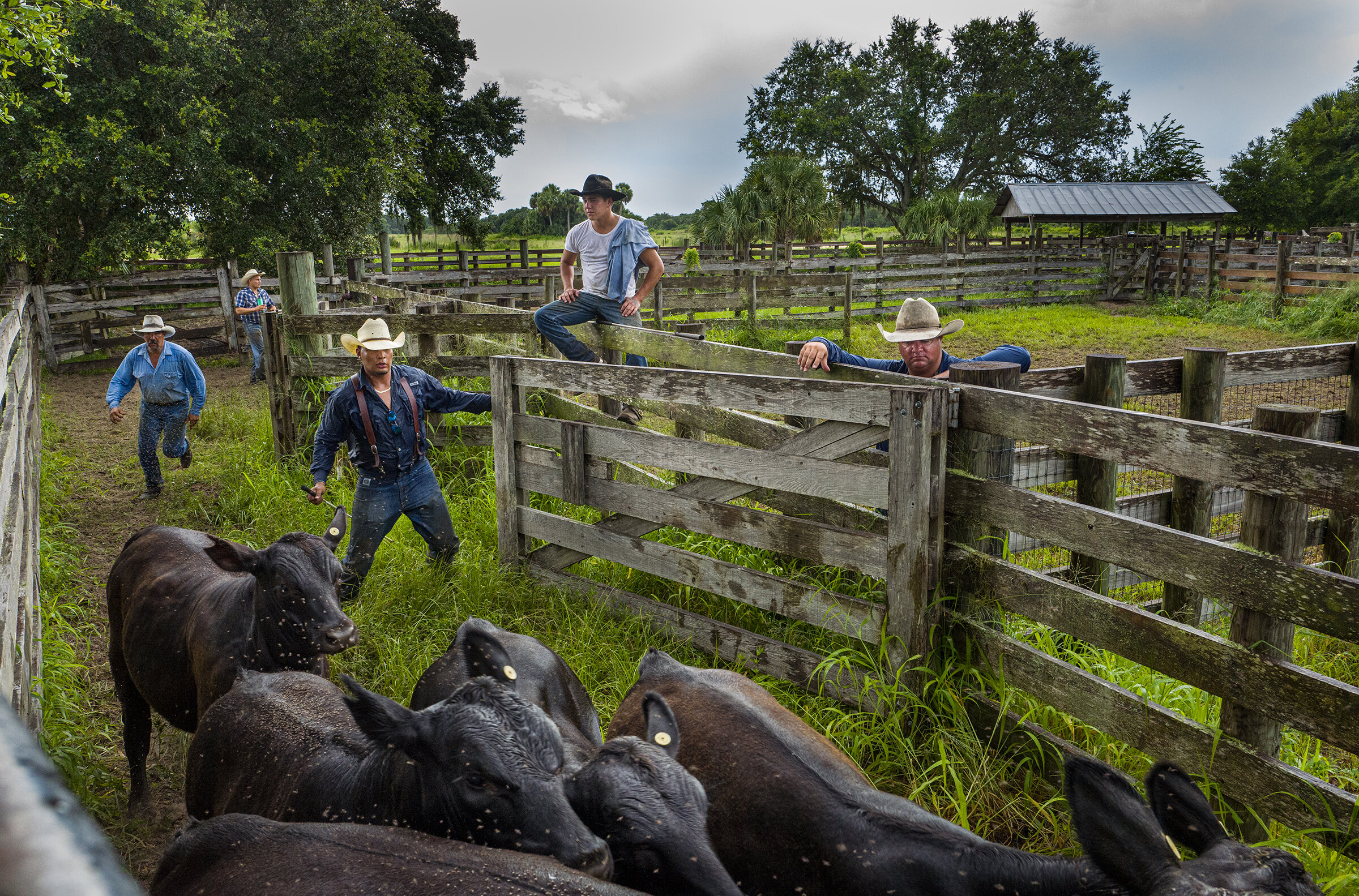
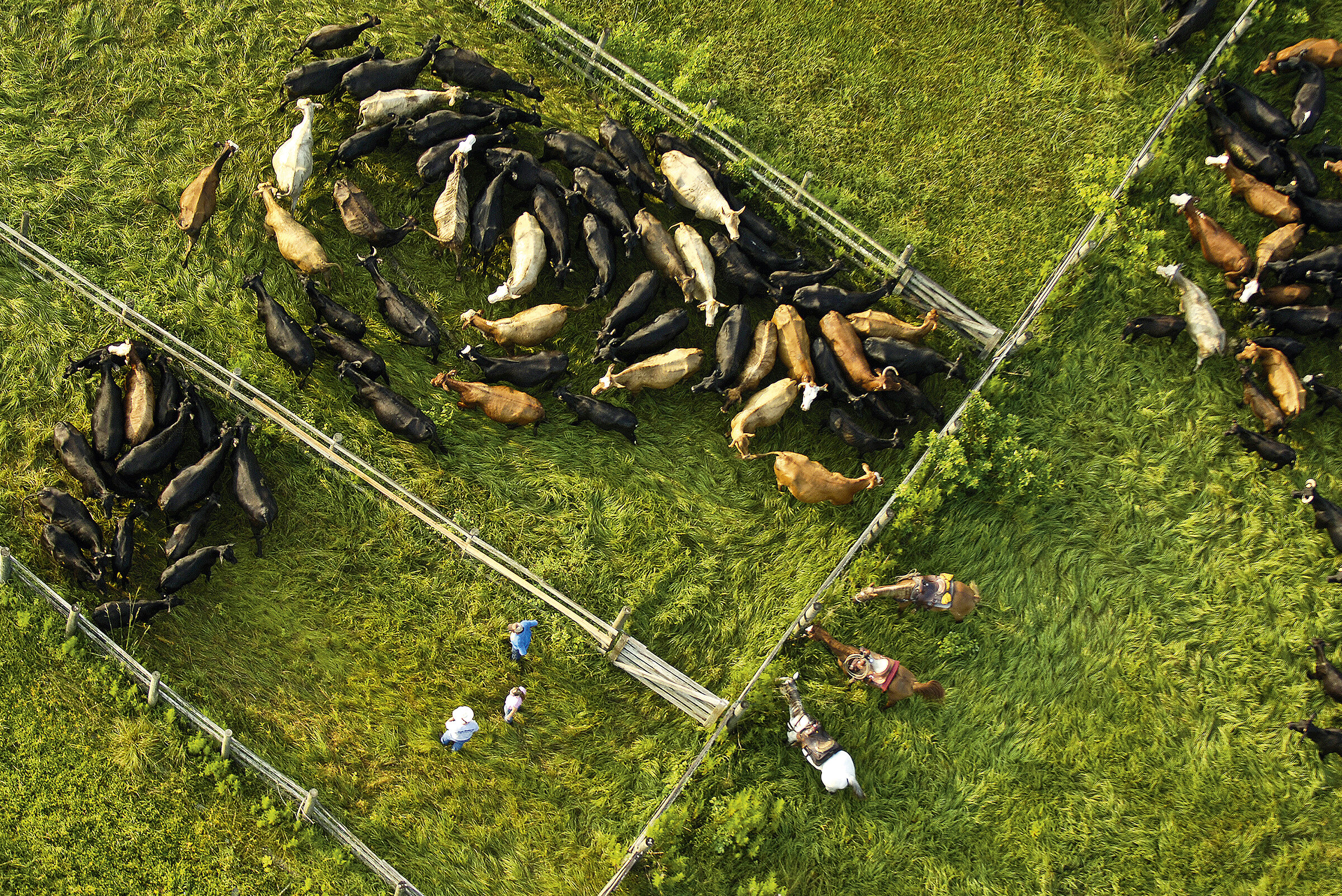
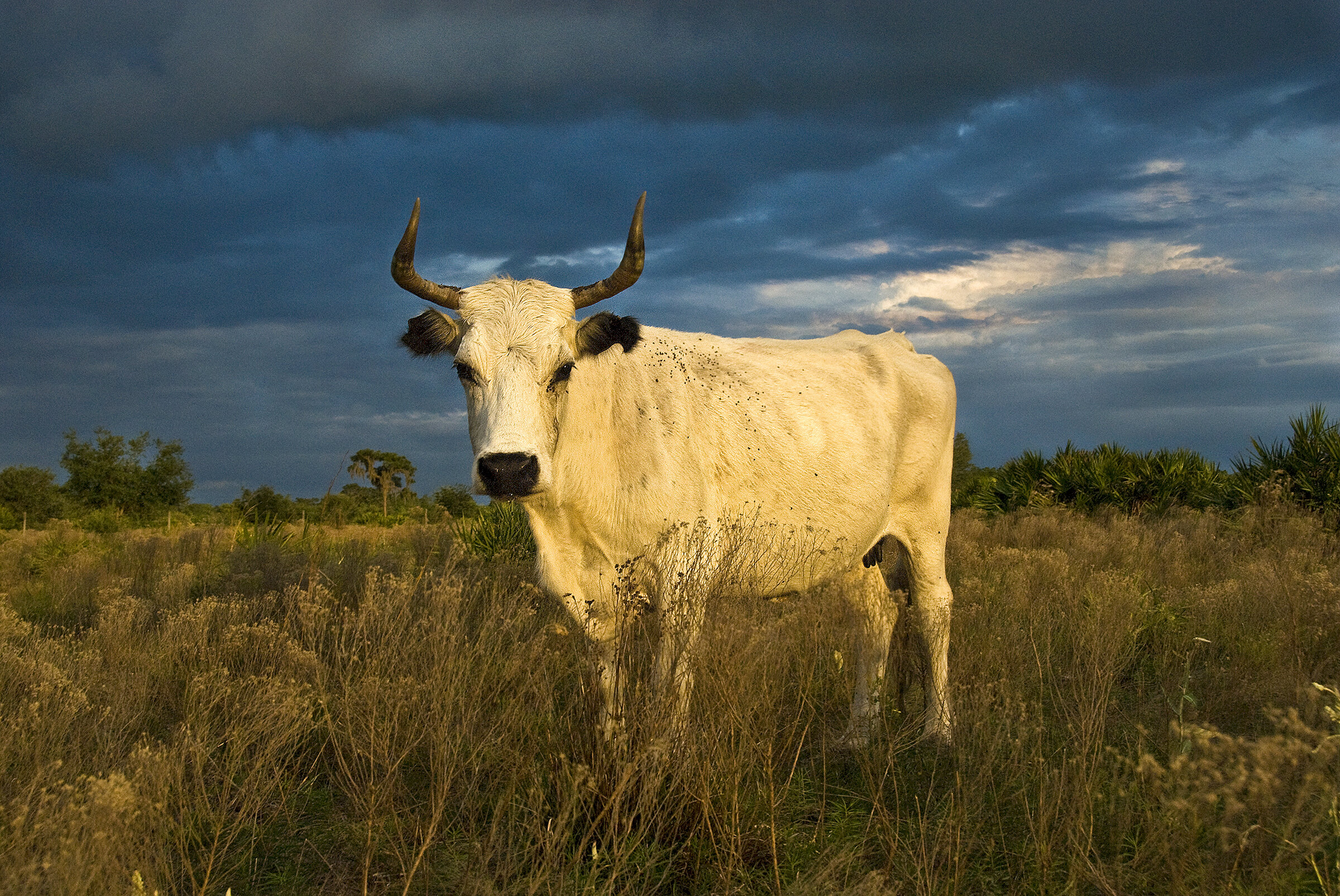
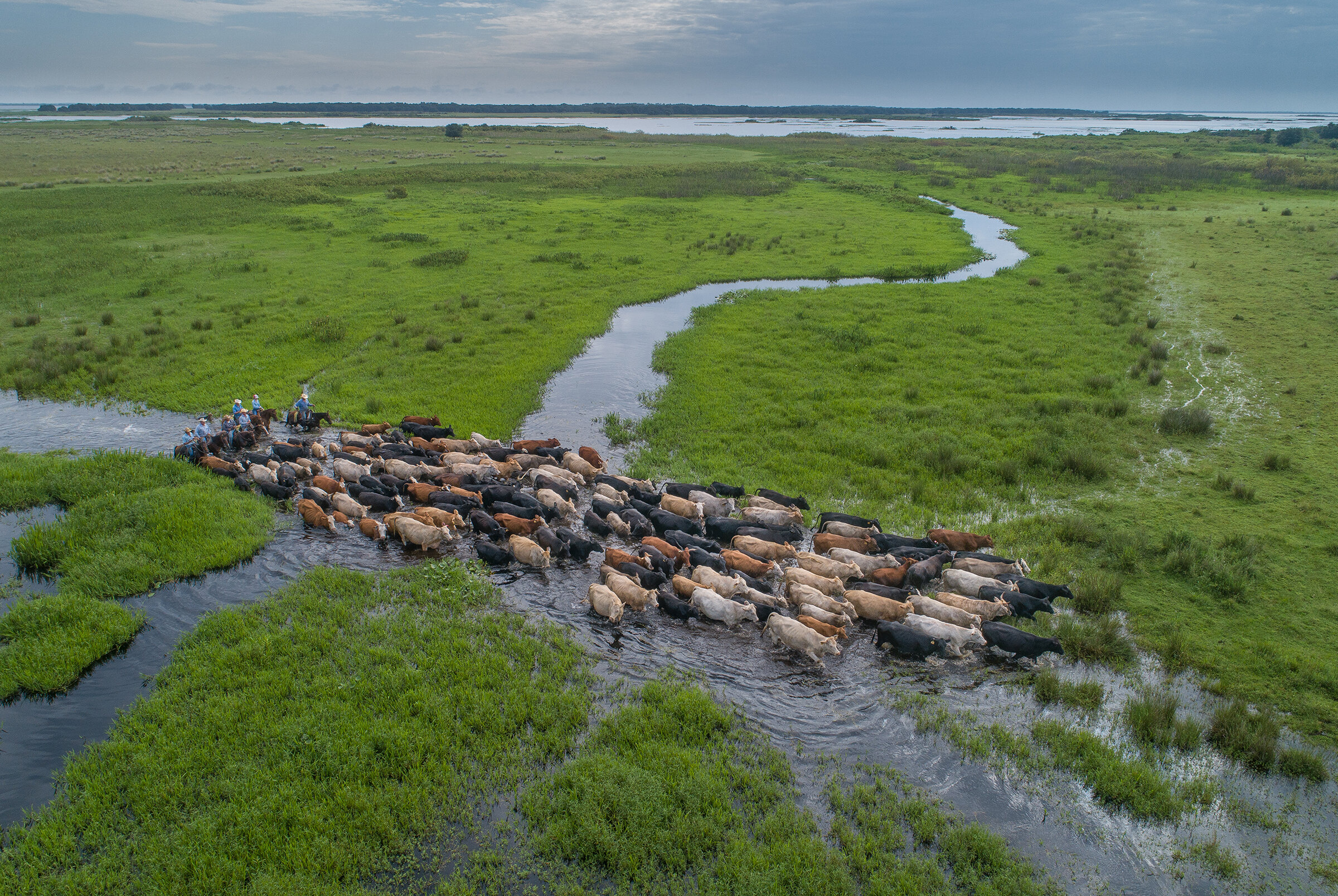
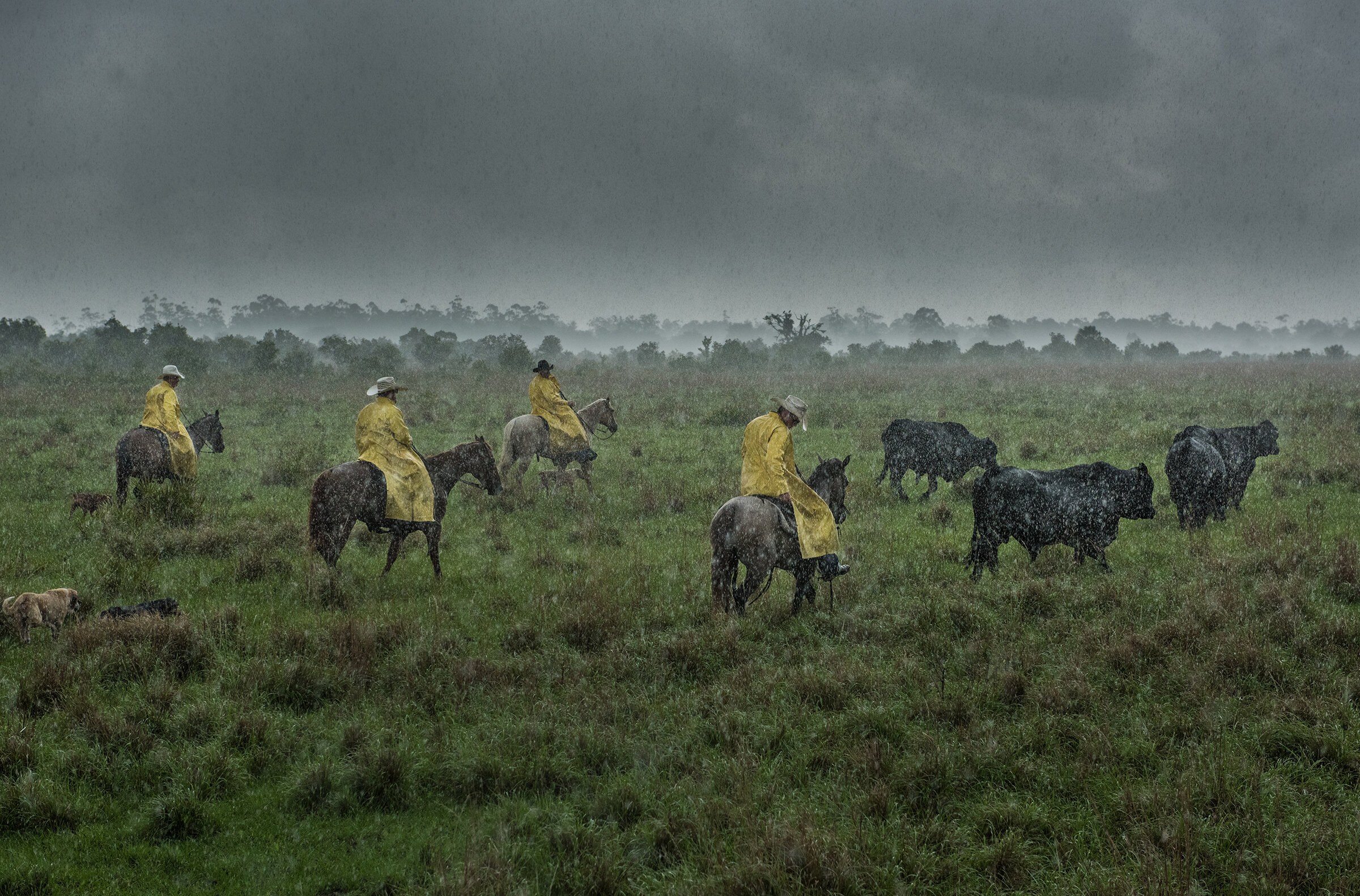
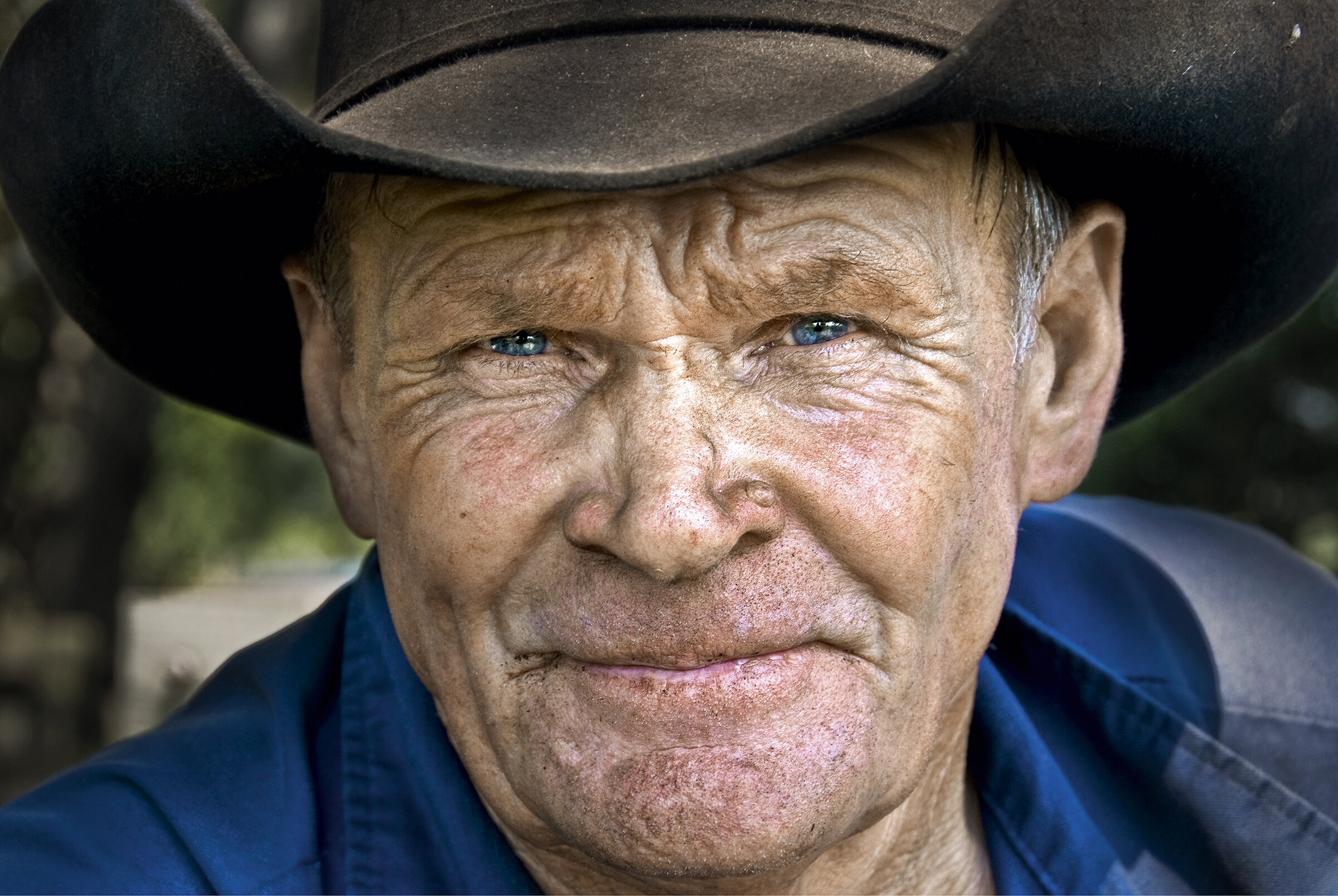
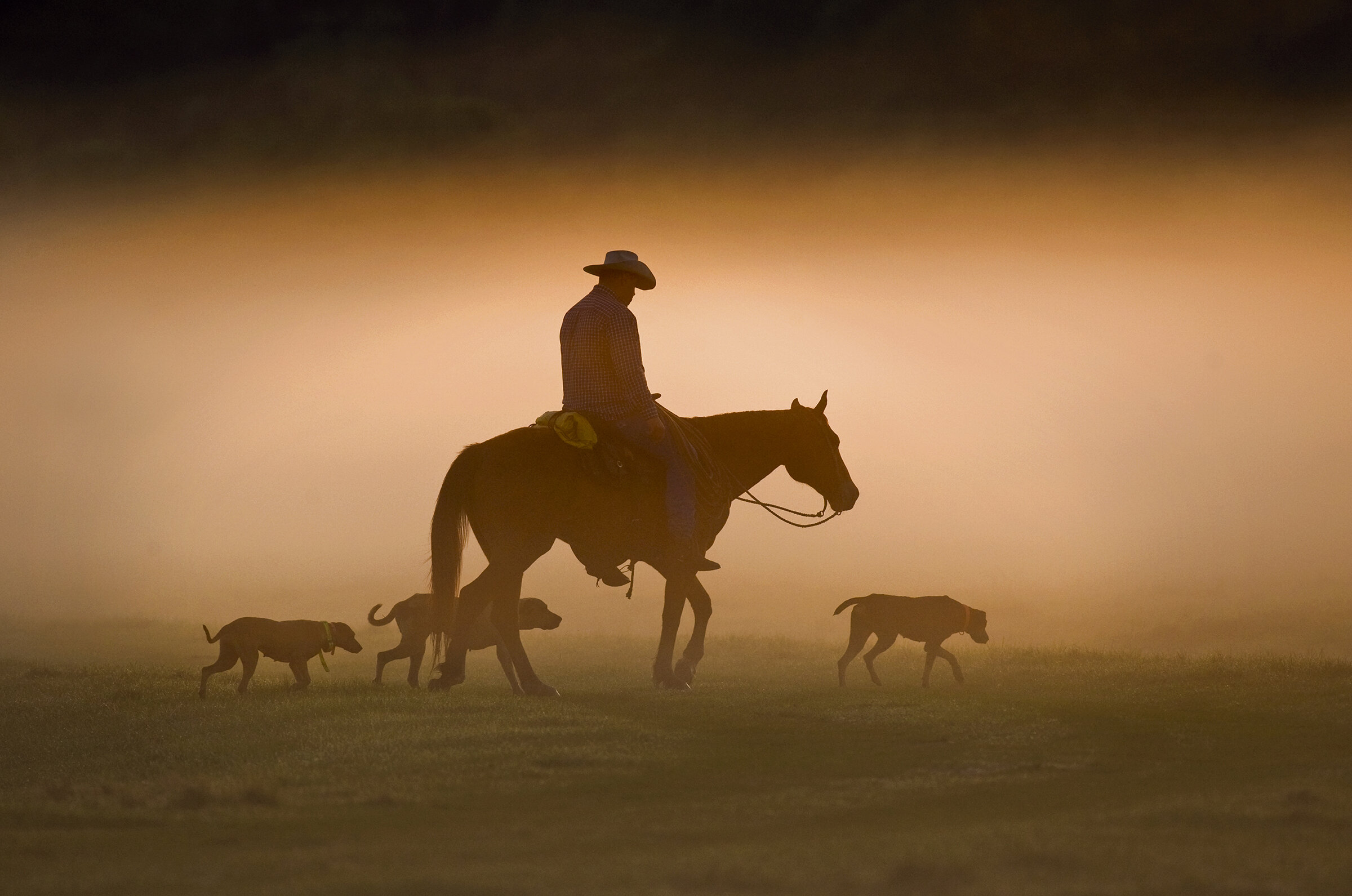
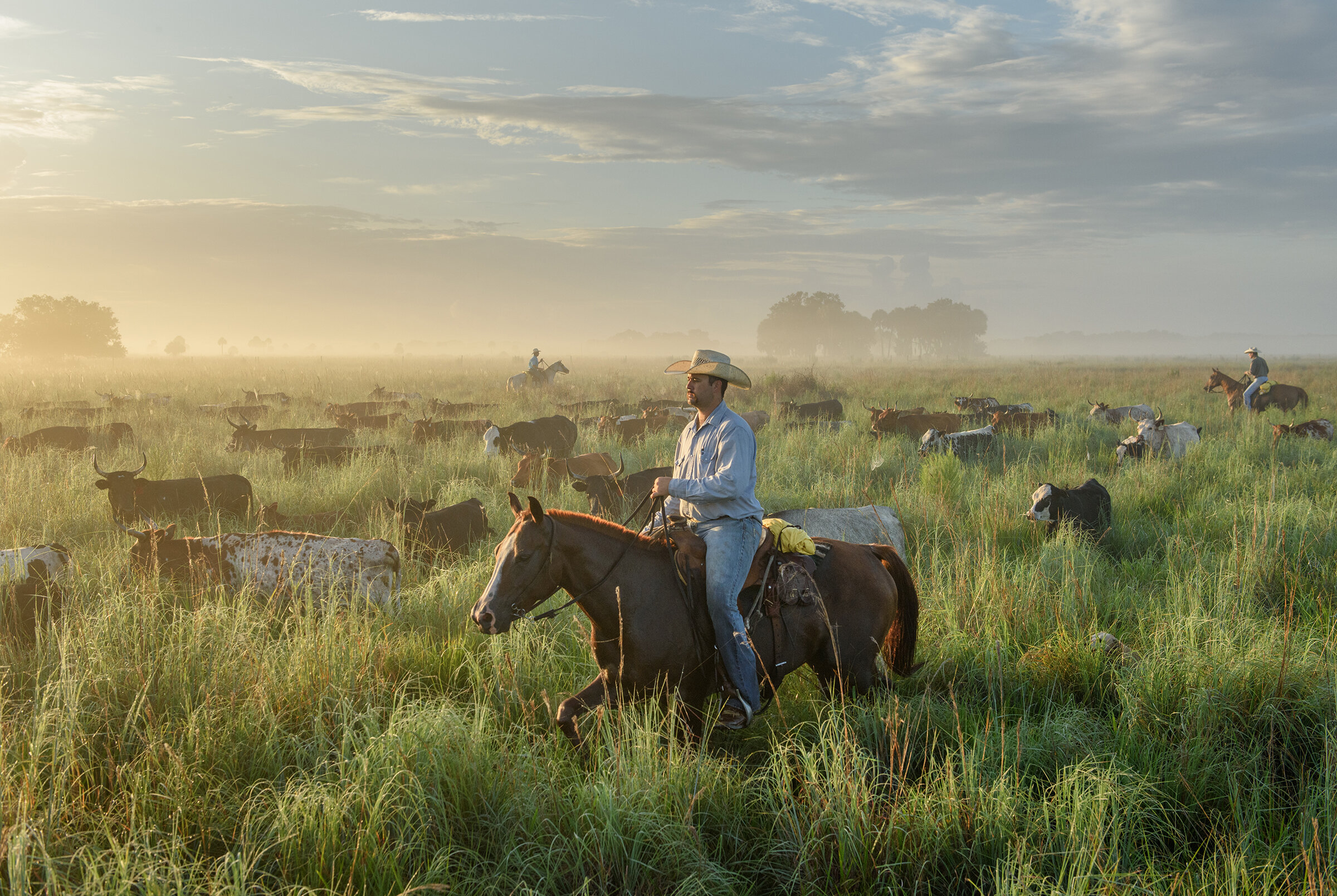
Carlton Ward Jr. introduces us to the keepers of the last frontier–the Florida cowboy.
All images © Carlton Ward Jr.






